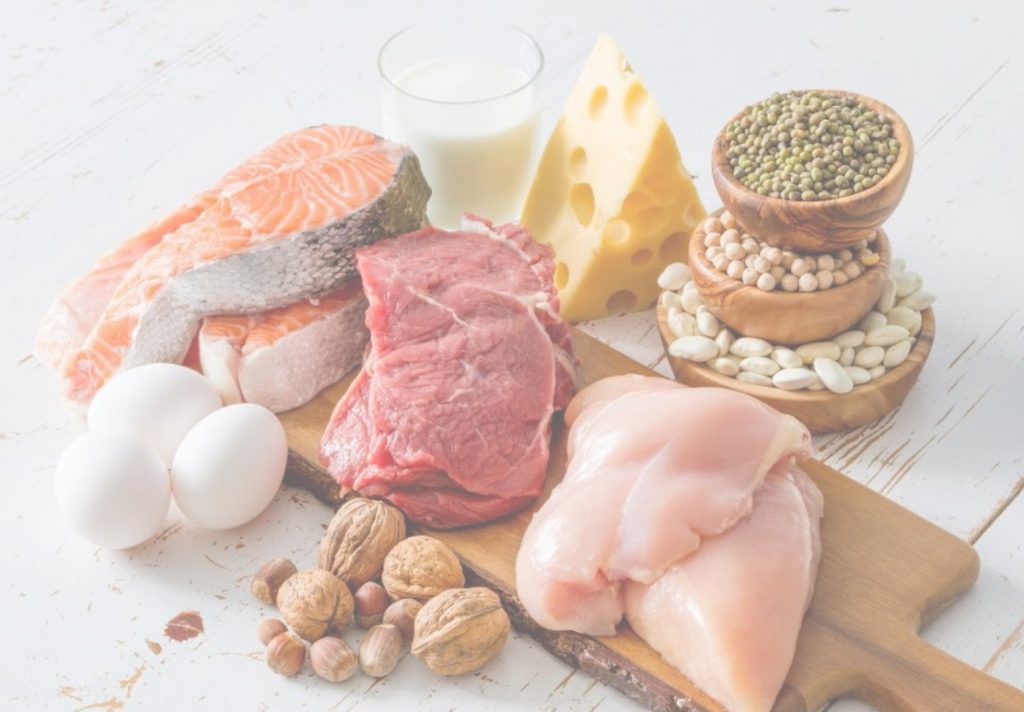Certain diets gain immediate prominence or notoriety and others take some time to catch on. At the start of 2018, US News ranked the Keto diet in last place as “Best Diet Overall: [1] but by the summer it became one of the most popular diets with new grocery items popping up daily. And with a host of celebrity endorsements, the Keto diet quickly became newsworthy.
It’s big news, apparently, when a celebrity loses weight. But celebrities have a substantial amount of pressure to maintain a certain level of appearance but this is often an intense immersion into a diet for a short period of time. Fad or not this diet has been around for some time and it is not until now that with lots of endorsements it has come to light.
Years of research and clinical studies support the ketogenic diet, and while most diets are typically associated with the ultimate goal of weight-loss, the ketogenic “KETO” diet was specifically designed to deliver better overall health, addressing issues surrounding epilepsy. It was engineered to create a metabolic change in your body and deliver you into a permanent state of ketosis, hence the name “KETO” diet.
:The keto diet is very strict when it comes to macronutrient intake. The macronutrient ratios of ketogenic diets are based on years of research which began in 1921. Dr. Russell Morse Wilder, from the Mayo Clinic, built on the research that ketones were produced by the liver in otherwise healthy people when they were starved or if they consumed a very low-carbohydrate, high-fat diet. [2] He later coined the term ketogenic diet to describe a diet that produced a high level of ketone bodies in the blood through an excess of fat and lack of carbohydrate. This research shows that our metabolism changes drastically on carb intake below 50 grams per day. The macronutrient ratios on keto look something like this:
By following these nutrient ratios, you are more than likely to enter nutritional ketosis. Nutritional ketosis is a direct result of carb scarcity, resulting in a drop in insulin production, which then stops fat from accumulating. After a few days of eating this way, your body enters the state of ketosis using fat rather than carbs to fuel the body, creating a metabolically flexible system that helps your body switch from sugar burning to fat burning and vice versa. Most people aren’t metabolically flexible which makes it hard for them to lose weight. The constant state of ketosis creates consistent, long-lasting energy, and helps you to maintain normal weight.
Carb intake is extremely low and is likely to induce ketosis. Eating more than 700 calories worth in protein can prevent ketosis due to a metabolic process called gluconeogenesis (metabolizing proteins into glucose).
The keto diet provides additional benefits beyond weight loss. The keto diet doesn’t just melt fat, it has a powerful effect on the way your whole body works.
What to Eat on Keto
Image Link: https://carnivorestyle.com/blog/
Credit Name: Carnivore Style
- Fatty cuts of high quality (preferably organic, grass-fed) meat: beef brisket, beef ribs, T-bone steak, and sandwich steaks are good examples. Ground beef is also high in fat.
- Fatty fish (preferably wild caught): salmon, mackerel, sardines, and herring are great options to boost your omega-3 fatty acid intake. Omega-3s are deficient in our diets. We need them for cardiovascular health protection and normal brain functioning.
- Full-fat (grass-fed) dairy: butter is a keto staple. But cream, cheese, and full-fat yogurt are also good. Dairy is an important source of calcium for keto dieters.
- Low-carb vegetables (preferably organic): broccoli, cauliflower, spinach, cabbage, and asparagus are all low in carbs but high in fiber. It’s important to eat vegetables on keto to meet your demands for essential vitamins and minerals but also fiber. Just make sure they’re always low in net carbs.
- Berries (preferably organic): Berries are allowed on a keto diet but only in moderation. They’re usually low in carbs and high in health-boosting antioxidants. Examples of keto berries include blueberries, boysenberries, and raspberries.
- Healthy fats: Olive oil, coconut oil, avocado oil, butter, and lard are all great on a keto diet. Avoid refined oils and margarine.
- Substitutes: Almond flour, coconut flour, coconut milk, almond milk, and stevia replace high-carb ingredients to bring versatility to your keto meals.
Keto Grocery Staples
Rebel Ice Creamketo ice cream
Lilys SweetChocolate chips, chocolate bars
Primal Kitchen – Avocado Oil, Bars, Salad Dressing, Unsweetened Ketchup
Kalahari Bilton
Epic Provisions Bone Broth, Duck Fat, Pork rinds
Eating Evolved chocolate cups
Birch BendersKeto Pancak & Waffle mix
Bob’s Red MillAlmond flour
Bullet Proof Collagen bars
Chosen FoodsAvocado Mayo
Lakanto Maple Syrup, Monkfruit sweetener, Brownie Mix
UnBunketo buns
Know BetterFrozen Waffles
Caulipower Pizzas
Boulder Riced Caulifower
Outer Aisle Caulifower crusts
Ancient Organics Ghee
Keto Recipes
Skillet Chicken with White Wine Sauce
InstaPot Lemon Chicken With Garlic
Easy Stir Fry Kimchi & Pork Belly
Spinach Artichoke Stuffed Chicken Breasts
Mediterranean Low Carb Broccoli Salad
Sun-dried Tomato & Feta Meatballs
Keto lamb chops with herb butter
Sample Meal Plan:
Breakfast:Mushroom and feta omelet with full-fat yogurt.
Lunch:Tuna salad served on keto bread.
Dinner: Garlic butter chicken with asparagus on the side.
7 Day Keto Meal Plan
References:
[1]https://health.usnews.com/best-diet/best-diets-overall
[2]https://www.diapedia.org/introduction-to-diabetes-mellitus/1104920419/russell-morse-wilder
[3]https://www.ibreatheimhungry.com/week-one-ketolow-carb-7-day-meal-plan-progress/

Happy to see you carry more Keto breads and snacks….otherwise I have to go online. Been Keto for 1 year and plan to stay that way. Thanks.
Awesome post! I really enjoyed reading this. Keep it up and looking forward on your future posts!